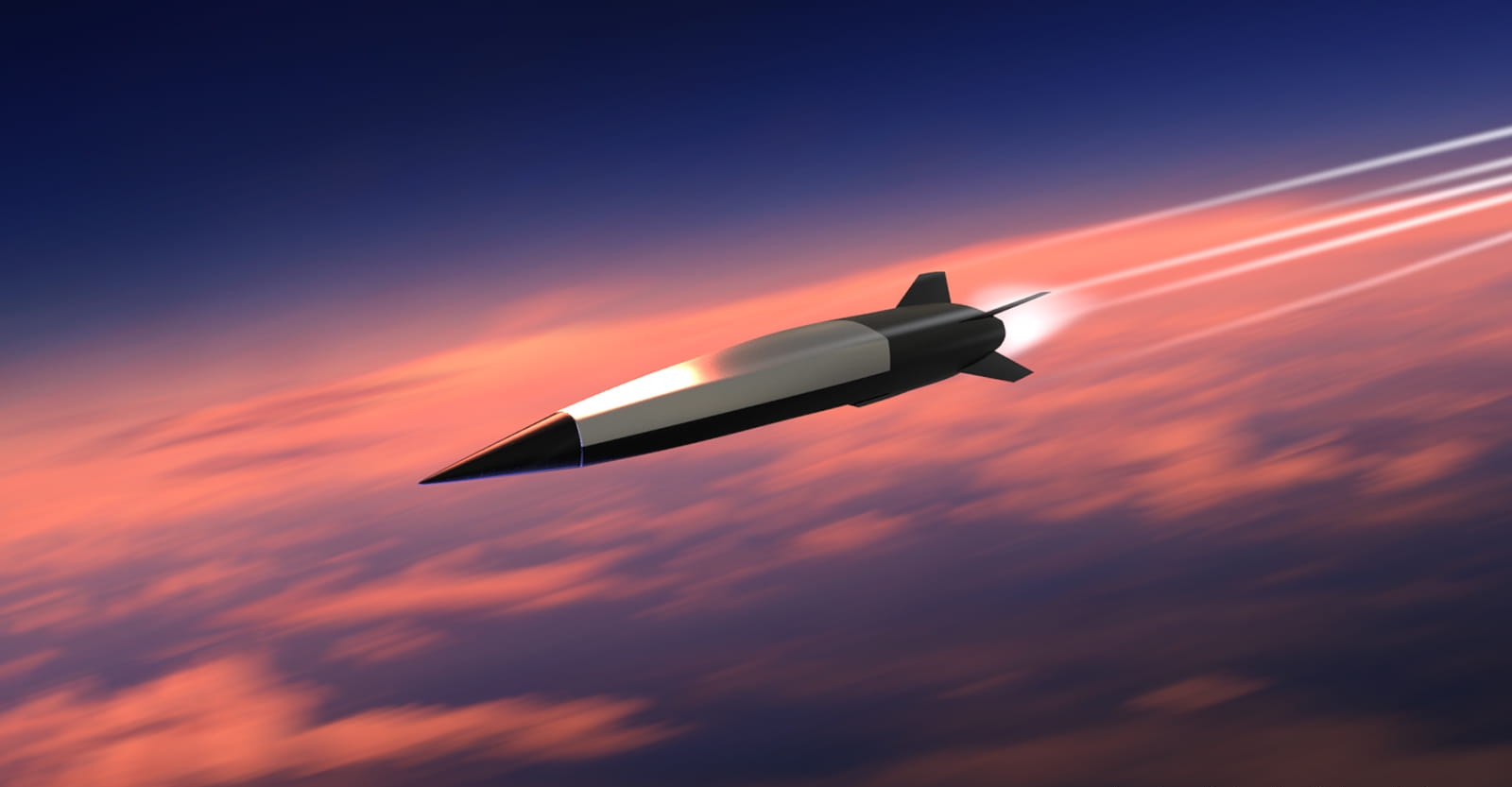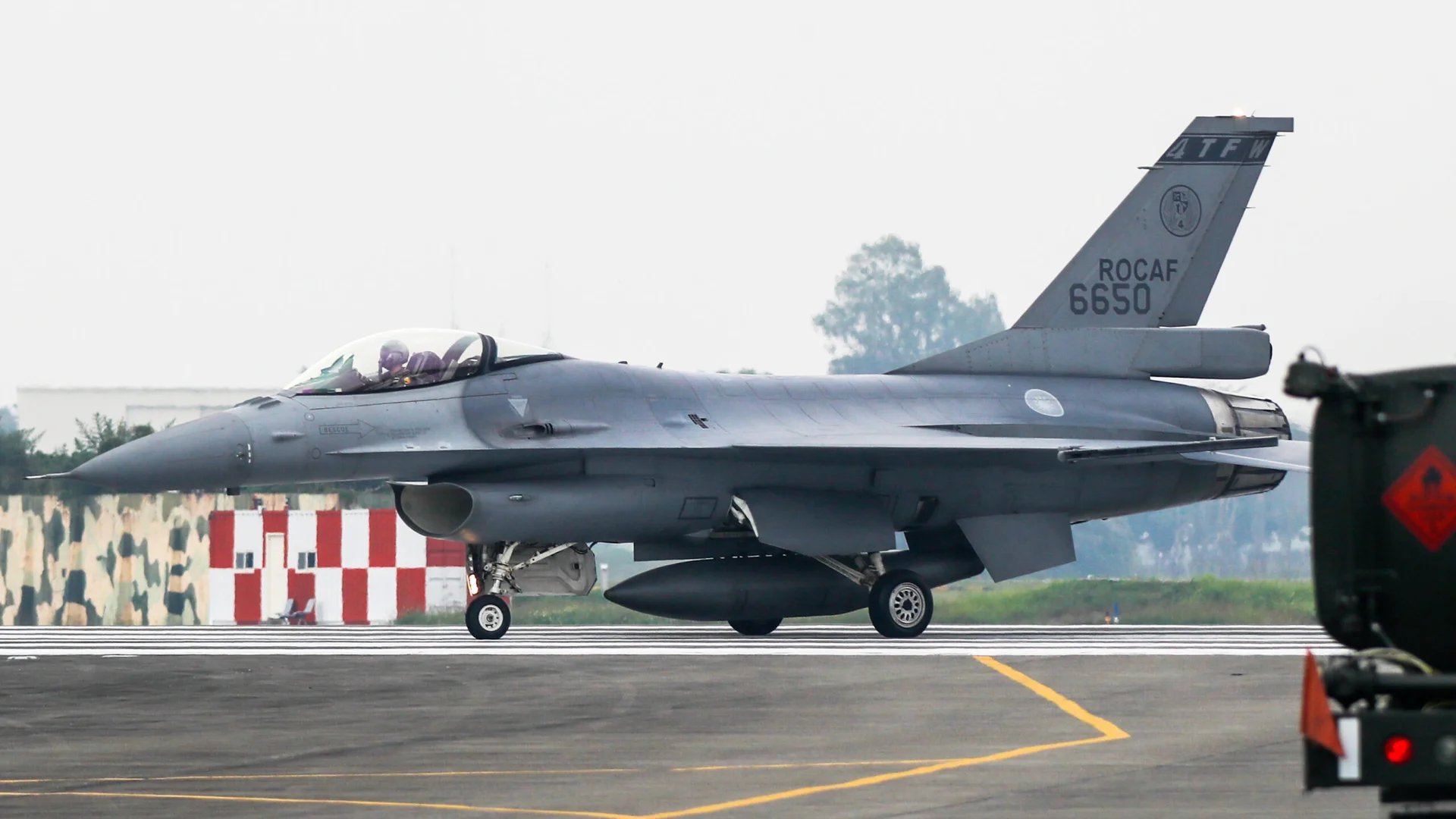Following the successful indigenous development of supersonic missiles, Taiwan is eager to join the hypersonic race by initiating efforts in ‘scramjet technology,’ a critical component in the development and manufacture of hypersonic weapons.
Taiwan is keeping up with the swift progress in missile technology by developing supersonic anti-aircraft and anti-ship missile systems such as the Sky Bow and Hsiung Feng.
Going ahead, it likely wants to join the hypersonic bandwagon, as evidenced by an advanced technology initiative from the Armaments Bureau on scramjet engines, which indicates a long-range missile program may be in the works.
According to a recent Liberty Times report, the National Chung-Shan Institute of Science and Technology (NCSIST) System Development Center recently submitted a ground-breaking project for the Armaments Bureau’s “National Defense Advanced Technology Research Program” for 2025.
The project reportedly intends to create heat-resistant protective materials and optimize the ignition and flame retention of scramjet engines for three years to increase propulsion efficiency.
Due to their streamlined designs and greater flying altitudes, hypersonic weapons are faster and more maneuverable than modern supersonic weapons. They present a more significant threat than traditional ballistic missiles and significantly hinder the enemy’s response time because of their capacity to change direction mid-flight.

Although the Taiwanese government has not explicitly planned to develop hypersonic weapons, the current NCSIST scramjet engine research project proposal also reveals that the program’s primary focus is on cutting-edge hypersonic propulsion technology.
The initiative aims to collaborate with academic institutions to enhance engine design and establish a solid groundwork for the future development of hypersonic engine technology. This is significant as Taiwan has been bolstering its military capability to prepare against a potential invasion by China.
Moreover, Taiwan has been eyeing hypersonic weapons for a while. The latest development comes a year after Taiwan’s Air Force reportedly started a $415 million project in 2023 under the codename “Feiji No. 2” to develop and convert the Yun Feng II missile into the Ching Tien hypersonic cruise missile. This missile, which is the first of its kind to be used by the military owing to its long range, is going into mass production and is being supplied to the Air Force Air Defense and Missile Command.
Earlier this month, Su Yu-pen, an adviser at the Chungshan Institute of Science and Technology, stated that thermal design and materials science would be essential for the country’s efforts to create hypersonic technology. He noted Taiwan had no shortage of resources or knowledge in other areas related to hypersonic missile systems.

The scramjet program demonstrates the military’s intent to acquire a long-range system that can dissuade China. On its part, Beijing’s leadership considers self-ruled Taiwan as a renegade Chinese province and has vowed to unite it with the Chinese mainland, with force if necessary.
China has emerged as a world leader in the hypersonic arms race, with even the United States trailing behind. In August 2022, China launched its DF-17 hypersonic missiles from a ground-based platform during live-fire exercises conducted near Taiwan.
Besides pursuing hypersonic missiles, Taiwan has been boosting its firepower by indigenously developing cutting-edge supersonic missiles like the Hsiung Feng III. It has also developed long-range missiles that can strike deep inside China, such as the Hsiung Feng IIE (HF-2E) and the Ching Tien missile. Reports indicate that Taiwan possesses four types of missiles capable of reaching distances greater than 1,000 kilometers.
All these efforts are aimed at boosting its military power and adding the capability to thwart a potential Chinese invasion. In one such continued attempt at building capacity and honing the skills of its troops, Taiwan has also announced live fire drills that seem to be designed to deter the aggressive People’s Liberation Army (PLA).
Taiwan’s Missile Drills
Later this month, Taiwan will conduct a series of missile drills to test its capability to protect its east coast.
Taiwan’s Fisheries Agency announced that the Taiwanese Air Force intends to conduct live-fire exercises within a restricted zone off the coast of Taitung from August 27 – 29.
The drills come at a time when the PLA on the mainland has been growing belligerent and sending warplanes and ships close to the self-ruled Taiwanese island.
During the initial week of September, supplementary exercises will be part of the annual air-to-air fire drills. The agency has issued a notice advising other vessels and aircraft to avoid the restricted zone throughout the designated timeframe.
Additionally, from August 20–23 and August 27–30, the Taiwanese Navy will carry out sea-launched missile maneuvers in three restricted areas: the waters outside Taitung, east of the Pingtung county in the south, and close to Green Island and Orchid Island.

According to an anonymous military source cited by the South China Morning Post, the exercises would assess the accuracy of Taiwan’s three primary combat aircraft types: its indigenous Defense Fighters, French Mirage 2000s, and improved F-16Vs.
“Similar to last year, the IDF, Mirage, and upgraded F-16V jets will be equipped with AIM-120 medium-range air-to-air missiles, Mica multi-target missiles, and Tien Chien-2 (Sky Sword II) beyond-visual-range air-to-air missiles, respectively,” the source was quoted as saying.
According to the source, the navy would also deploy ships outfitted with medium-range Hsiung Feng-2 and 3 supersonic missiles during the live-fire exercises to assess combat preparedness against any PLA attacks from the sea. “The growing presence of PLA warplanes, ships, and drones near eastern Taiwan has necessitated strengthening military readiness in this region,” the source added.
- Contact the author at sakshi.tiwari9555(at)gmail.com
- Follow EurAsian Times on Google News




